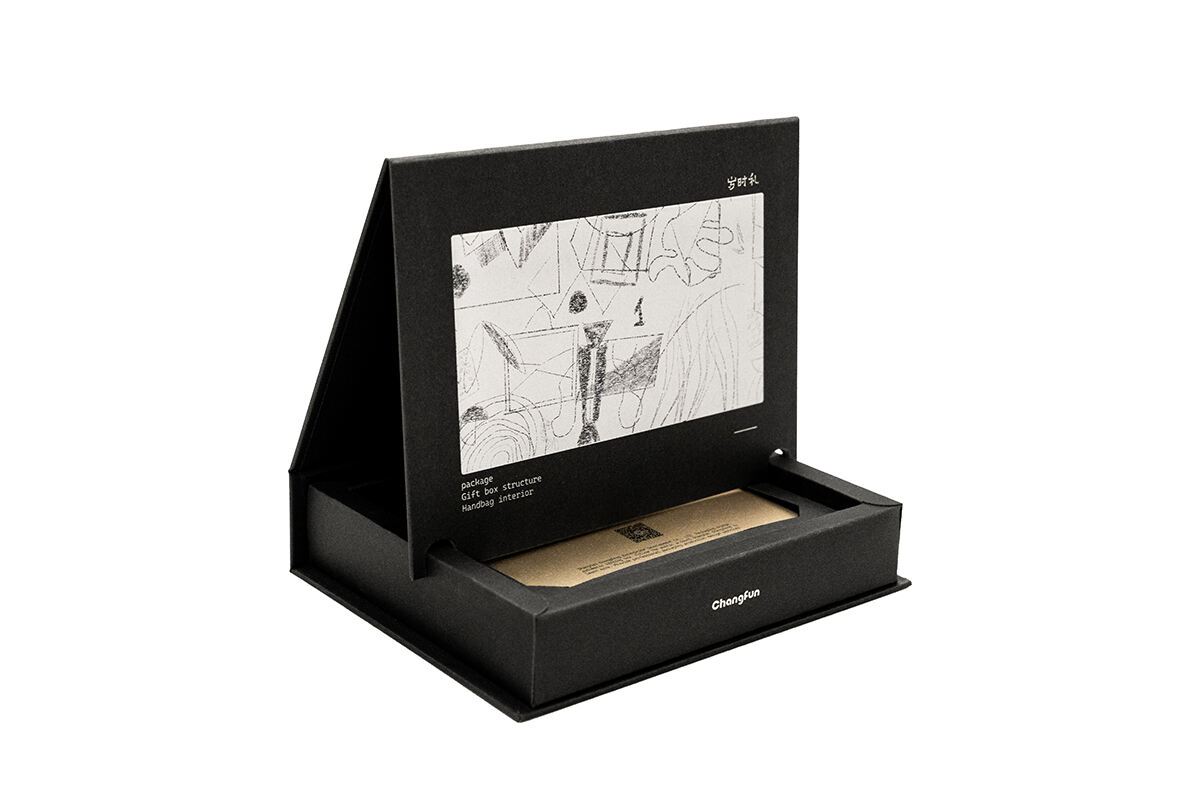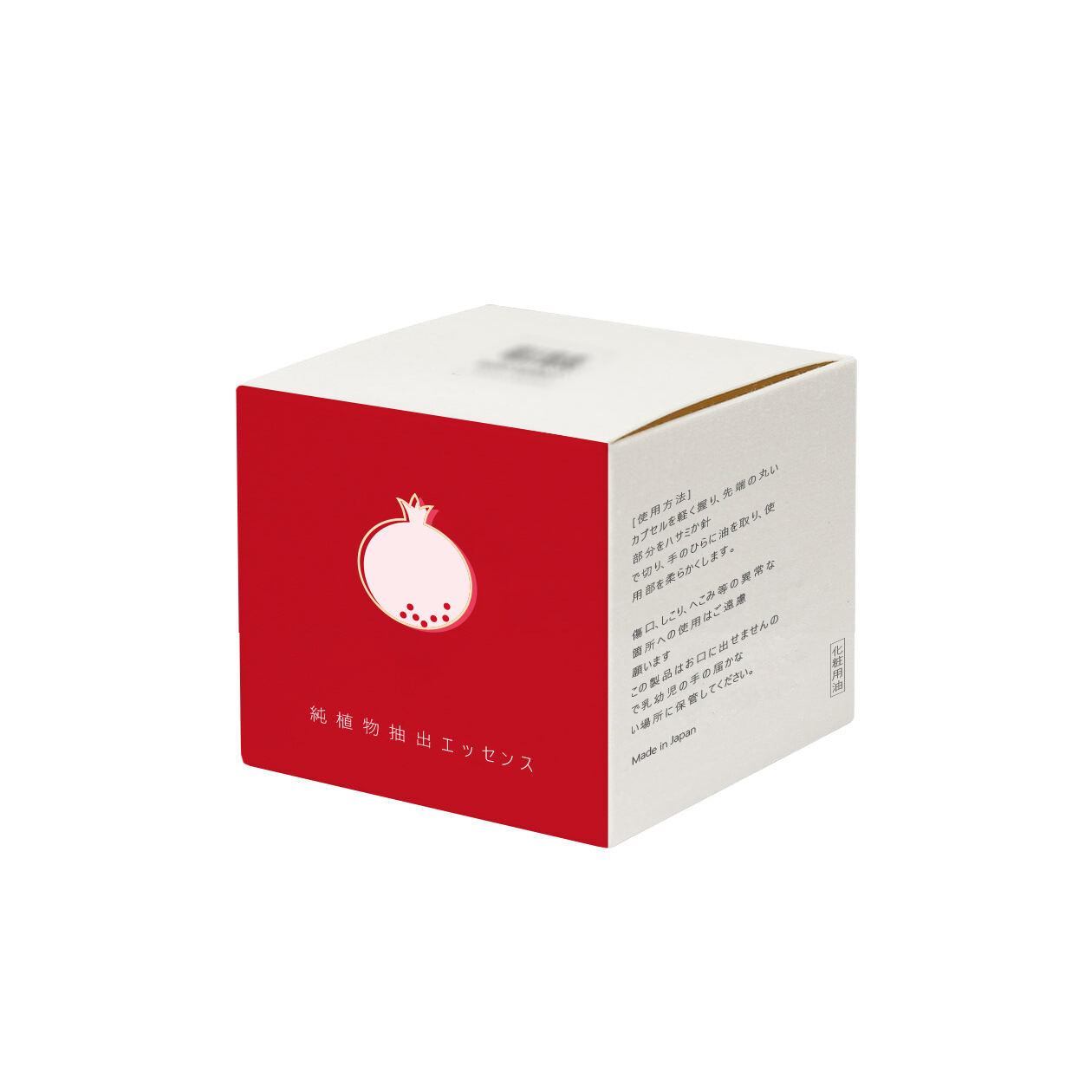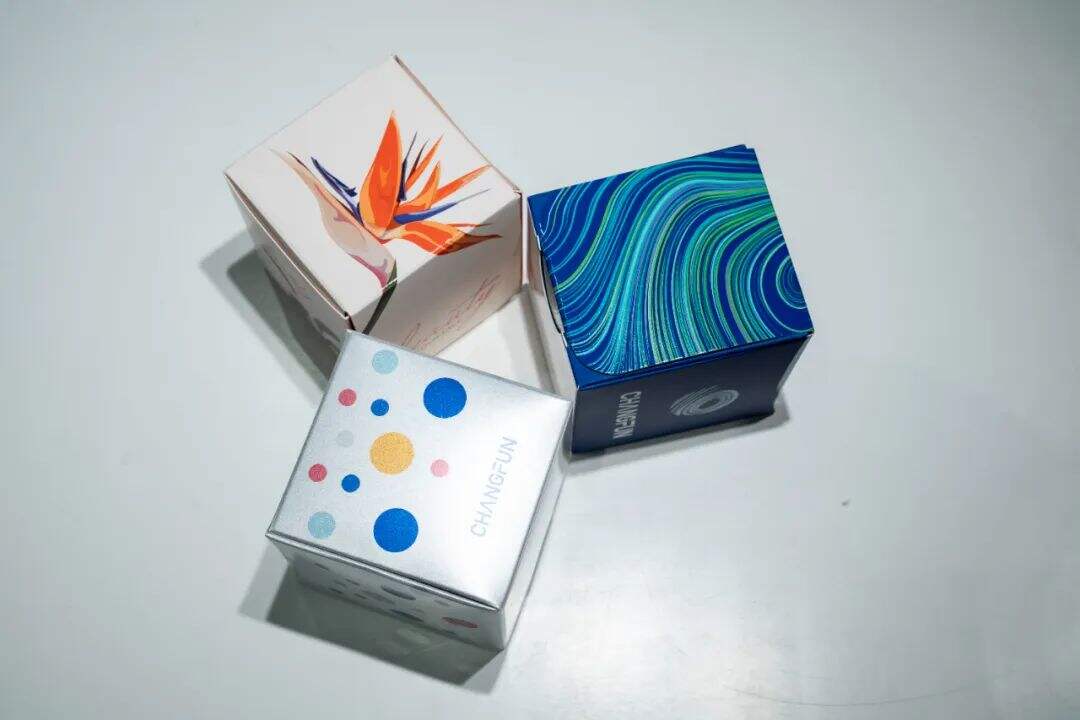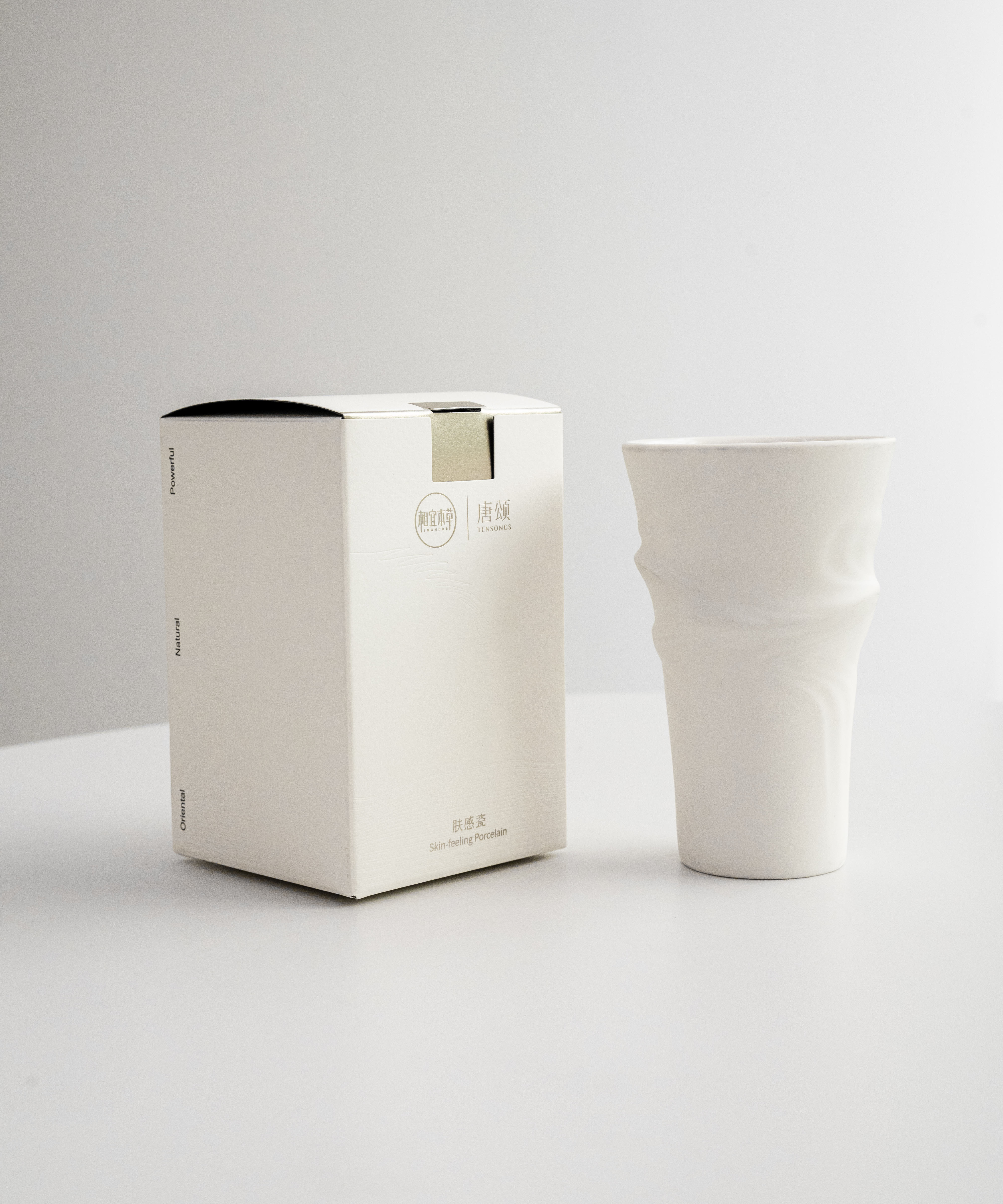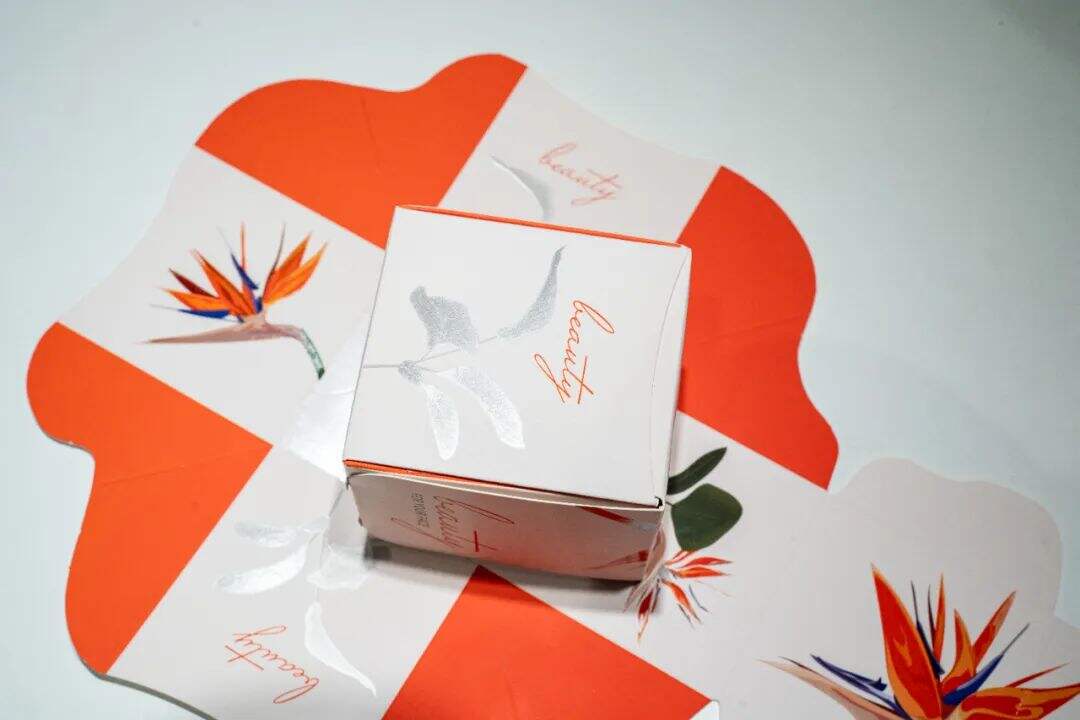Versatile Substrate Compatibility and Finishing Options
Photo offset printing demonstrates exceptional versatility in substrate compatibility and finishing options, providing businesses with comprehensive solutions for diverse printing requirements under a single production workflow. This adaptability extends to an extensive range of paper weights, from lightweight 40gsm newsprint to heavy 350gsm cardstock, while maintaining consistent print quality across all substrate variations. The technology accommodates both coated and uncoated papers, textured surfaces, synthetic materials, and specialty substrates, enabling creative freedom in material selection without compromising print quality or production efficiency. This substrate flexibility proves particularly valuable for businesses requiring multi-component projects, such as packaging systems with different material requirements or marketing campaigns utilizing various paper stocks for different applications. The ink formulations used in photo offset printing are specifically designed to adhere effectively to diverse surface types, ensuring optimal print quality regardless of substrate choice. Specialty substrates, including metallic papers, plastic films, and pressure-sensitive materials, can be processed through photo offset printing systems with appropriate adjustments to ink formulations and press settings. The technology supports various sheet sizes, from small format promotional materials to large format posters and packaging applications, providing scalability for different project requirements. Finishing options available in conjunction with photo offset printing include aqueous and UV coating applications, which can be applied in-line during the printing process to enhance durability, appearance, and tactile qualities. Spot UV applications create striking visual effects by selectively applying high-gloss coatings to specific design elements, adding premium appeal to business cards, book covers, and promotional materials. Die-cutting capabilities enable custom shapes and functional features like tabs, perforations, and fold lines to be incorporated during production, eliminating separate finishing operations and reducing overall project costs. Embossing and debossing effects can be combined with photo offset printing to create dimensional elements that enhance tactile appeal and brand differentiation. The technology seamlessly integrates with various binding methods, including saddle stitching, perfect binding, spiral binding, and case binding, enabling complete publication production within coordinated workflows. Multi-color printing capabilities support both process color and spot color applications, with the flexibility to combine both approaches within single projects for optimal cost and quality balance.

